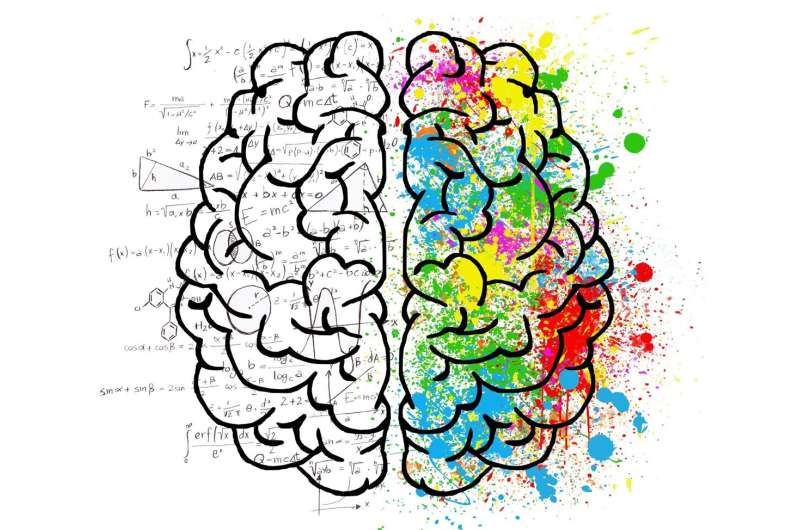Artificial Intelligence Uncovers Hidden Signs of Parkinson's Disease Through Finger-Tapping Video Analysis

Cutting-edge AI technology analyzes finger-tapping videos to detect early signs of Parkinson's disease, enabling earlier diagnosis and intervention using simple video recordings.
Recent advancements in AI technology have enabled the detection of very subtle motor function changes in individuals who may be at risk of developing Parkinson's disease. Researchers at the University of Florida, led by Dr. Diego L. Guarín, have developed a machine learning-based analysis method that examines finger-tapping videos to identify early signs of the condition long before conventional clinical symptoms appear.
This innovative approach uses open-source software called VisionMD, created by Guarín's team, which quantitatively assesses movement patterns by tracking the Euclidian distance between fingertips in video recordings. The analysis detects minute alterations—such as decreased movement amplitude and slower motion—that are typically undetectable to the human eye.
In a study involving 66 participants, including healthy individuals, those with idiopathic REM sleep behavior disorder (iRBD), and early Parkinson's patients who showed no visible signs of parkinsonism, the AI system successfully distinguished between groups. Notably, even videos deemed normal by experienced clinicians revealed underlying motor discrepancies when analyzed with AI.
Moreover, the software identified the sequence effect—a gradual reduction in movement speed and amplitude during repetitive tasks—in individuals with iRBD and Parkinson's, suggesting it could serve as an early biomarker for neurodegenerative progression. This capability opens avenues for earlier diagnosis through simple video recordings, including those captured on smartphones or webcams.
Guarín emphasizes that this method provides a more sensitive measure of motor changes, offering clinicians a powerful tool for early intervention. Detecting Parkinson's at an initial stage could improve treatment outcomes and alter disease trajectories.
Published in "npj Parkinson's Disease," this research highlights the potential of AI-powered video analysis to revolutionize early detection and monitoring of neurodegenerative disorders. This advancement marks a significant step toward accessible, non-invasive screening methods for brain health assessments.
Source: https://medicalxpress.com/news/2025-09-ai-subtle-movement-finger-videos.html
Stay Updated with Mia's Feed
Get the latest health & wellness insights delivered straight to your inbox.
Related Articles
Debunking the Myth of the 'Cortisol Cocktail': Can It Really Reduce Stress and Energize You?
Explore the truth behind the trending 'cortisol cocktail' and learn effective strategies for managing stress and maintaining healthy cortisol levels through evidence-based approaches.
Neural Cells Assist Tumor Spread by Transferring Mitochondria to Cancer Cells
New research uncovers how neurons contribute to cancer progression by transferring mitochondria, enhancing tumor energy and metastatic potential, opening new avenues for treatment.
Understanding the Brain's Hemispheric Division and Its Functional Significance
Explore how the human brain's hemispheric division helps optimize visual perception and cognitive functioning, revealing insights from recent MIT neuroscientific research.



